In the last few decades, the transmission mechanisms of pandemic infectious pathogens from a patient to medical personnel have been thoroughly investigated to develop the Personal Protective Equipment (PPE). It has been found that infectious pathogens can be transferred to healthcare personnel through their respiratory organs and dermis via air and liquids (air, water, blood, etc.), and through mucus membranes (eyes, etc).
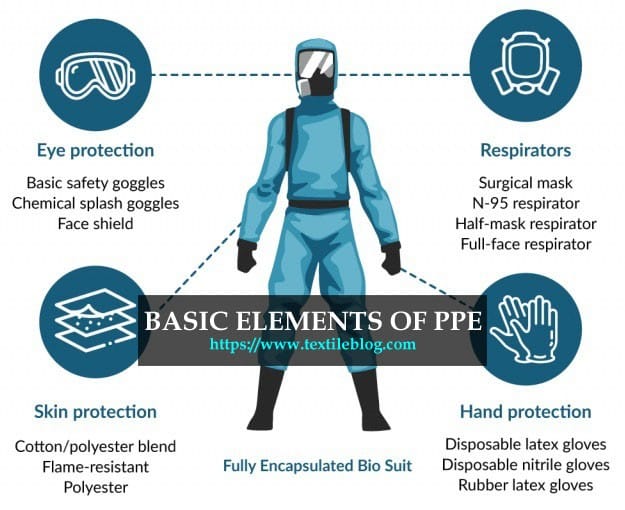
Recently due to the spread of pandemic Coronavirus (COVID-19) around the world, the use of PPE has become blessings for all health care sectors. Precautions are implements by health care personnel caring for patients with COVID-19 include using protective equipment properly. That’s why it’s important selecting proper PPE and being trained in how to put on, remove, and dispose of it. PPE for preventing contact, droplet, and airborne transmission. COVID-19 Corona is a respiratory disease. So, proper PPE is required when managing COVID-19 patients. It is a blessing of medical textile.
What is Personal Protective Equipment (PPE)?
The word PPE means Personal Protective Equipment, which is required to avoid any kind of transmission mechanism of infectious pathogens.
Types of PPE:
There are different types of PPE have been developed and made commercially. These are:
Face shield:
It’s covered the face with a clear plastic screen. It protects the face from infectious droplets and contact with contaminated material. Without a face shield, germs can easily gain access through the mucous membranes, like those in the mouth, eyes, and nose. Healthcare personnel should wear a face shield when body fluids could potentially get in the face.
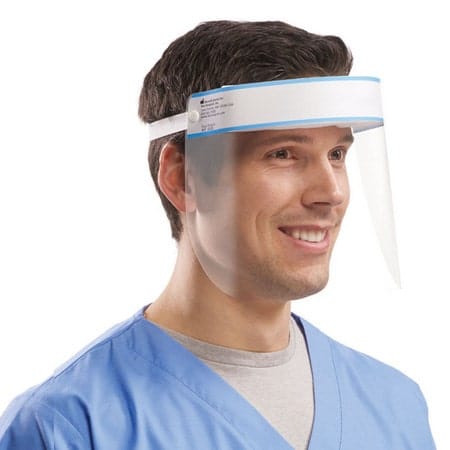
Hand gloves:
It’s covered the hands and wrists, protecting the skin from contact and droplet exposure. Hand gloves are probably the most widely used type of PPE. Healthcare personnel routinely use gloves when giving a patient a shot. It will protect the patient, as well as the person giving the shot, from spreading germs through open skin. Medical hand gloves are generally made of different water-repellent textile polymers (typically made of latex, nitrile rubber, vinyl, or neoprene) which can protect healthcare personnel from direct contact with contaminated liquids.
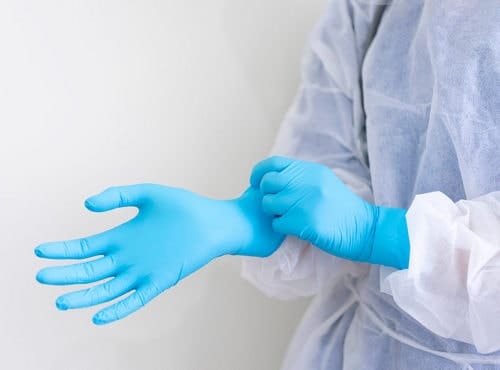
Goggles and glasses:
It’s protected the eyes from infectious droplets and, in some cases, from contact with infectious agents. Goggles fit securely around the eyes, but protective glasses only protect the front and sides of the eyes. Goggles are to prevent a potentially contaminated substance from entering the eyes.
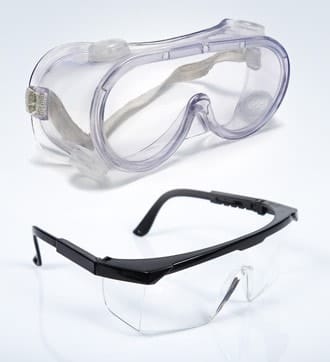
Medical gowns:
It’s protected clothing and skin from droplets and contact with infectious material. Some gown is placed over clothing and tied in the back, adequately covering the arms and torso and part of the legs. Others are more like a long suit that covers most of the body. If someone is wearing a medical gown, it can be expected in close contact with infectious material and will likely cover other parts of their body with the Protective Equipment.
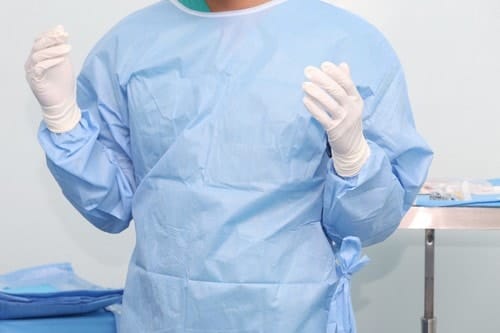
Head covers / Surgical cap:
It’s served to prevent contamination of the operating field from microorganisms that originate in the personnel’s hair or scalps. It is necessary to wear the surgical cap to cover the entirety of the user’s hair.
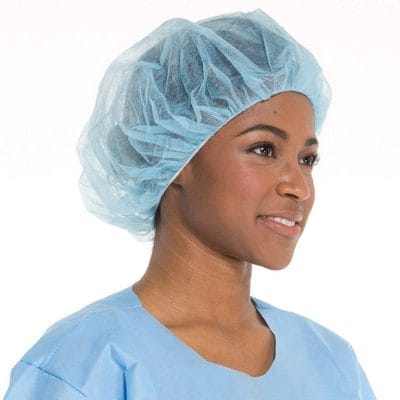
Medical masks:
It’s an object normally worn on the face, typically for protection, disguise. It is also known as a surgical mask, procedure mask, or simply as a face mask. It’s intended to be worn by health care personnel during surgery and during nursing to catch the bacteria shed in liquid droplets and aerosols from the wearer’s mouth and nose.
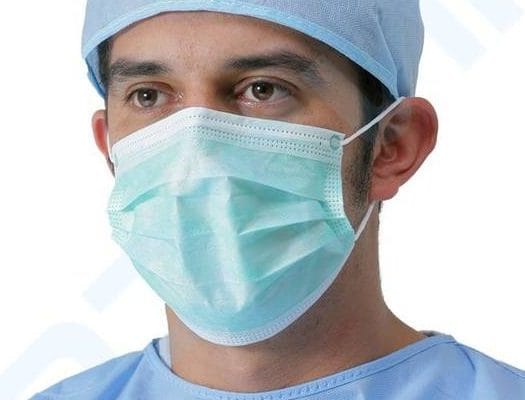
Shoe covers:
It’s maintains a barrier against possible exposure within a contaminated environment.
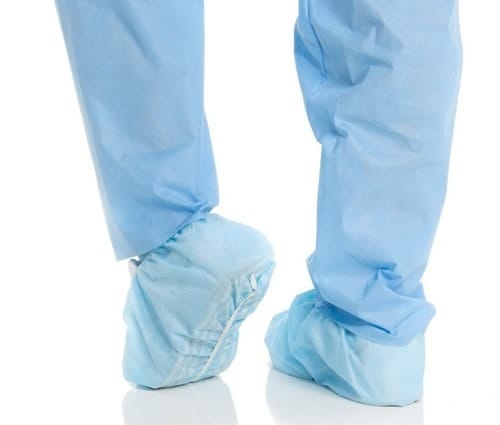
Why PPE Require for Health Care Personnel?
According to the Sumit Mandal and Guowen Song, Personal protective gear can stand between them and disease. Personal Protective Equipment, PPE is required for the health care personnel to prevent transmission of infectious pathogens. It is necessary important healthcare personnel to wear Personal Protective Equipment to limit morbidity and mortality of patients in their care, as well as themselves, their family members, and other community members to prevent a pandemic’s larger societal progression.
- Eye protection: Goggles or face shield.
- Body protection: Long sleeved water-resistant gown.
- Hand Protection: Gloves
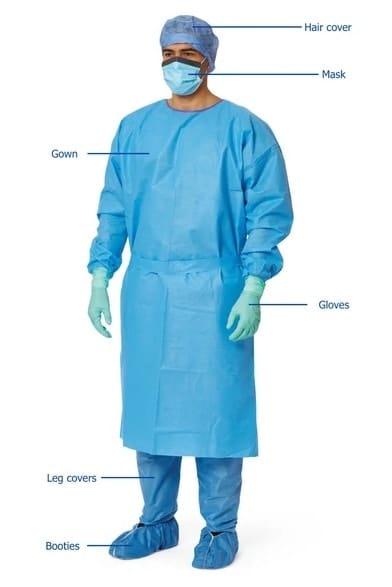
You may also like: Impacts of Coronavirus on Global Apparel Industry
How to Put PPE?
1. Gown:
- Firstly,fully cover torso from neck to knees, arms to end of wrists, and wrap around the back.
- Fasten in your back of neck and waist.
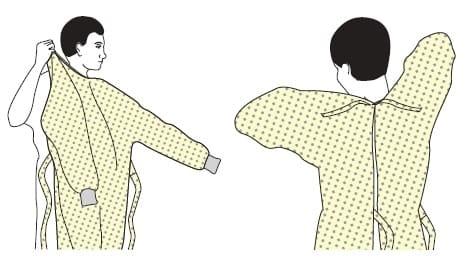
2. Mask:
- Secure ties at middle of your head and neck.
- Fit flexible band to your nose bridge.
- Fit snug to your face and below chin.
- Check your respirator fit.
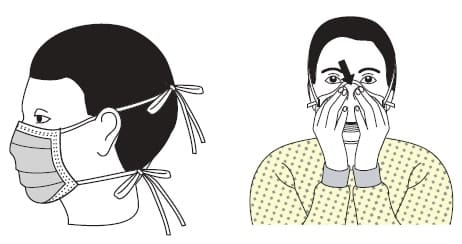
3. Goggles or Face shield:
- Place over your face and eyes and adjust to fit the goggles.
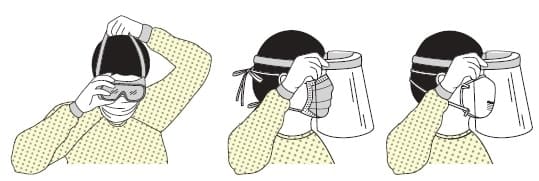
4. Gloves:
- Extend to cover wrist of your isolation gown.
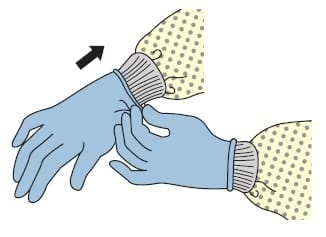
How to Remove PPE?
1. Gloves:
- Outside of gloves may be contaminated!
- Using of your gloved hand, You should grasp the palm area of the other gloved hand and peel off the first glove.
- Hold removed your glove in gloved hand.
- Slide fingers of your ungloved hand under remaining glove at the wrist and peel off the second glove over the first glove.
- Discard your gloves in a waste container.
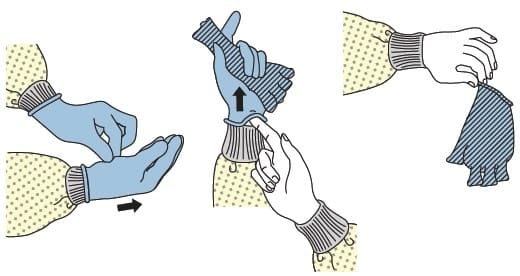
2. Goggles or Face shield:
- Outside of your goggles or face shield may be contaminated!
- Remove your goggles from the back by lifting head band.
- If the item is reusable, put in reprocessing. Otherwise, discard in a waste container

3. Gown:
- Gown front and sleeves are contaminated!
- Unfasten your gown ties, taking care that sleeves don’t contact your body.
- Pull your gown away from neck and shoulders, touching inside of gown only.
- Turn gown inside out.
- Fold into a bundle and discard in a waste container.
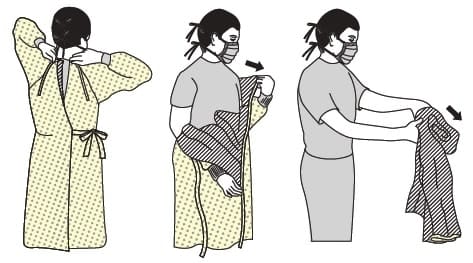
4. Mask or Respirator:
- Front of mask/respirator is contaminated, Pleases DO NOT TOUCH!
- Grasp bottom ties of your mask, then the ones at the top, and remove without touching the front.
- Discard in a waste container.
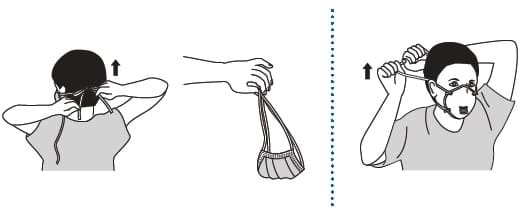
5. Washing hands:
Wash hands or use an alcohol-based hand sanitizer immediately after removing all PPE
Conclusion:
Any item of protective equipment imposes a barrier between the user and the working insecure environment. It makes an extra strain on the wearer that impair its ability to carry out their work and create significant levels of discomfort. But misusing this protective equipment, therefore placing them at risk of injury, but the body’s serious health issues. Good ergonomic design helps to minimize these barriers and it can, therefore, help to ensure safe and healthy working conditions through the correct use of these equipment.
You may also like: Importance of Medical Textiles in Infection Prevention and Control
Finally, it can be deserved that newly developed personal protection equipment by medical textile technology will provide better protection and comfort to health care personnel, as well as whoever, requires to wear Personal Protective Equipment – PPE.
Author of this Article:
Md. Mahedi Hasan
B.Sc. in Textile Engineering
Textile Engineering College, Noakhali.
Email: mh18.bd@gmail.com
